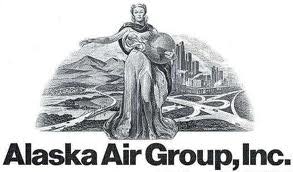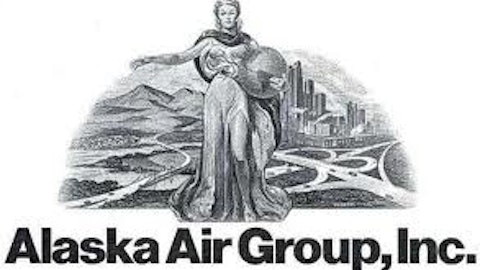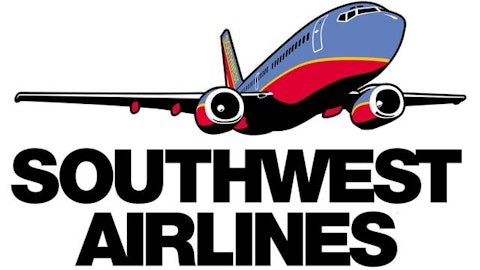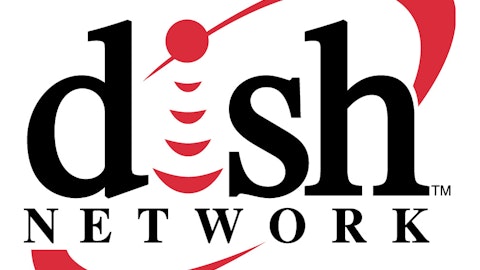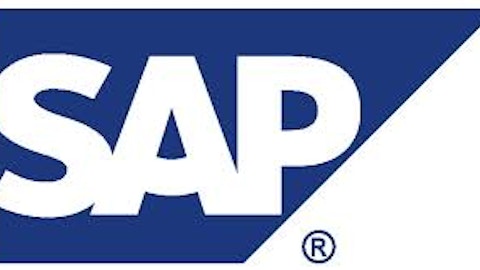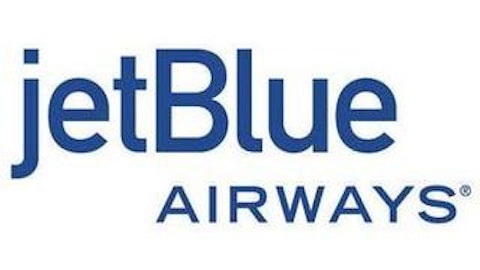Lately, the airline sector has been flying and has seen 40% appreciation since the start of the year versus the S&P 500, which has risen only 15%. One of the keys to this growth has been the proactive approach of some carriers that have been investing into new markets. The performance of new markets is of particular interest for carriers that are demonstrating growth, such as Alaska Air Group, Inc. (NYSE:ALK) and JetBlue Airways Corporation (NASDAQ:JBLU), or re-allocating capacity into new markets like Southwest Airlines Co. (NYSE:LUV).
Let’s have a look into how these new markets are developing for those three carriers.
Executive summary
The conventional growth opportunities for Alaska Air Group, Inc. (NYSE:ALK) are off to a weaker start and some Hawaii markets are showing signs of softness, likely as a result of competitive capacity. For JetBlue Airways Corporation (NASDAQ:JBLU), Boston, Hartford, and San Juan continue to screen well. Finally, while Southwest Airlines Co. (NYSE:LUV)’s markets are generally developing inline with expectations, smaller cities look to be out-performing larger cities. Atlanta stands out as a weak start for new Southwest flying (separate from AirTran flying). However, Southwest is addressing this with code-share capability with AirTran and a revamped schedule toward the end of the year.
A bad deal for Alaska
In a note published by Barclays PLC (ADR) (NYSE:BCS), the analyst commented that with the ‘Hawaii void’ filled, Alaska Air Group, Inc. (NYSE:ALK)’s growth will revert to more conventional markets (connecting cities like Seattle and San Diego to other markets.) Those market opportunities would not generate the early relative RASM premiums that Hawaii markets had produced. (For those who don’t know, RASM is revenue per available seat mile and is considered a key metric when discussing revenue growth of airline sector.) Hence, the reversion to conventional growth would be more RASM and margin dilution than Alaska’s growth in past years.
Barclays has given a price target of $38, which is almost a 30% downside from the current price level of $52.
Revenue generation for JetBlue is just okay
JetBlue Airways Corporation (NASDAQ:JBLU)’s new markets in Boston and San Juan appear to be developing well, although San Juan is proving a bit less consistent than Boston. Where we have seen some weakness is in markets with notable competitive capacity pressures (Transcon, for example), and some recent New York to Florida markets that look to be slow in developing.
On an overall note, the carrier’s revenue generation is generally fine. However, the revenue performance has yet to result in relative earnings and margins that match the industry’s improvements. With 10% capital appreciation for the year (vs. S&P 15%), the stock has under-performed the market. However, consensus estimates show a 25% annual increase in earnings for the next five years, which bodes well for the stock.
Strong performance for Southwest
Southwest Airlines Co. (NYSE:LUV) looks to be finding strength in voids like St. Louis and other smaller markets, but less immediate success in larger, more competitive cities like Atlanta, Newark, N.J. and even Chicago. Houston continues to be an exception to the large market trend, with some of the strongest new markets along with strong marginal revenue performance in the fleet initiatives.
On an overall note, Southwest Airlines Co. (NYSE:LUV) remains a top pick in the sector. Second-half 2013 earnings should begin to reveal the benefits of a myriad of fleet/network initiatives well underway at Southwest. With market expectations relatively muted, Southwest could positively surprise, despite coming up short of ambitious 2013 ROIC goals set last December.
The initial look at the 4Q 2012 results from key fleet initiatives points to better marginal revenue performance than expected, which in combination with a step-up in network reallocation around Atlanta could drive EPS beats for the company in the second half of 2013 and into 2014.
Final word
The analyst note tells us that venturing into new markets may not be a positive for the company’s performance every time. A prime example is of Alaska Air Group, Inc. (NYSE:ALK). The carrier might harm its margins if it ventures into markets that give it lesser premiums than the Hawaiian market. Southwest Airlines Co. (NYSE:LUV) remains the best pick given the expected improvement in its margins.
The article New Markets: A Positive or a Negative for the Airlines? originally appeared on Fool.com and is written by Zain Abbas.
Zain Abbas has no position in any stocks mentioned. The Motley Fool recommends Southwest Airlines. Zain is a member of The Motley Fool Blog Network — entries represent the personal opinion of the blogger and are not formally edited.
Copyright © 1995 – 2013 The Motley Fool, LLC. All rights reserved. The Motley Fool has a disclosure policy.
